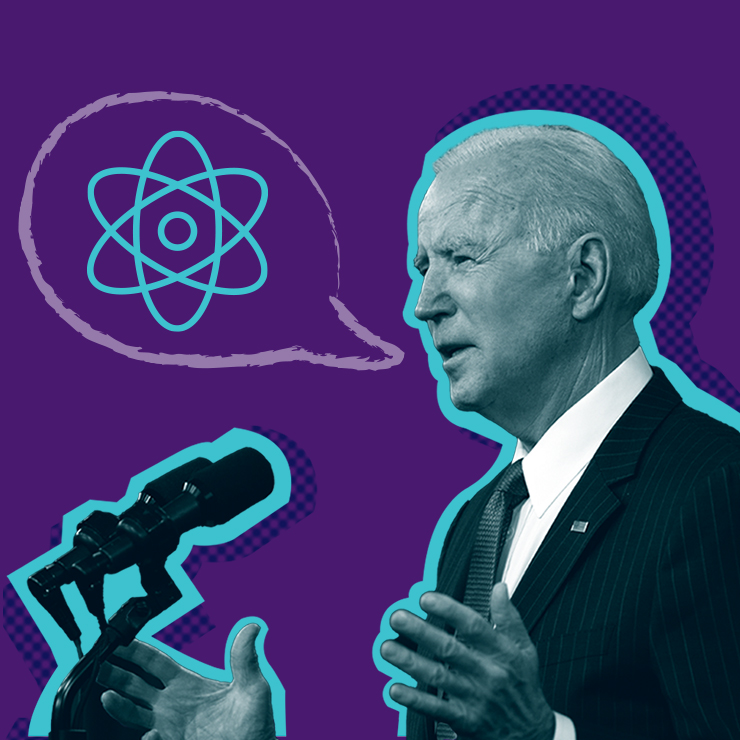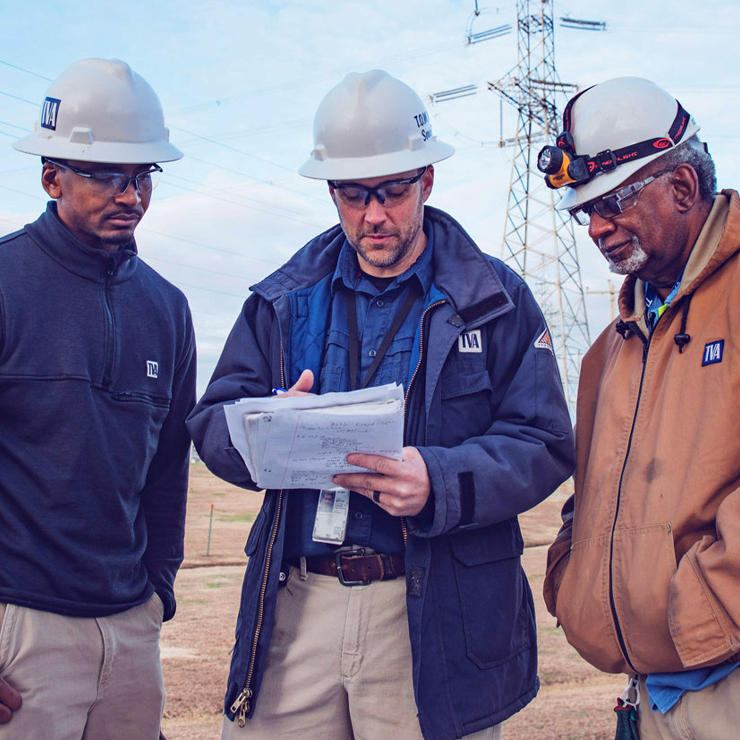Newsroom Archive

The United States Energy Association’s 18th Annual State of the Energy Industry Forum was held on Jan. 20. The event convenes chief executives from the major trade associations in the energy industry to talk about policy objectives and priorities for the upcoming year. NEI’s President and Chief Executive Officer Maria Korsnick spoke to the audience about nuclear’s role in the race to net zero.

This year, 36 Governors and 6,166 state legislative seats are up for election. Regardless of the election outcome, there will be an opportunity for nuclear advocates to inform and educate the class of new and returning state policymakers on the value of nuclear energy. A large part of this education is sharing the immense progress we’ve seen at the state level over the past twenty years.










